By Ellis Purdie. Special to the Clarion-Ledger Sunday print edition (January 13)
Some years ago, John Evans of Lemuria Books offered me a job, and I joined his crew as a bookseller. John proved invaluable in his knowledge of books and great writers, and he impressed upon me many authors that needed to be read, or “drank,” as he often said. One day soon after I began, John and I were working together and talking shop. At one point he turned to me, eyes full of light in his captain’s chair, and asked, “Have you read Jim Harrison?”
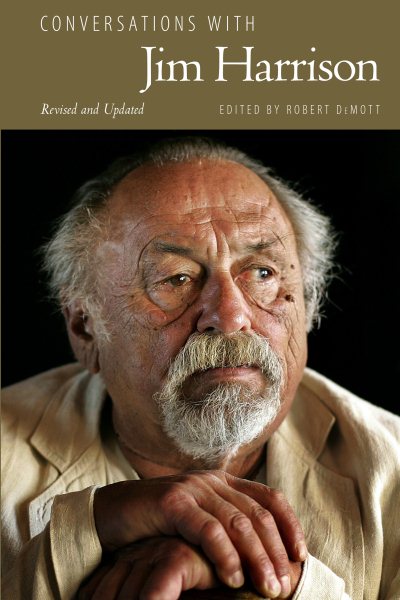 I admitted that I had not, and John said, “Start with ‘Legends.’” I took Legends of the Fall home with me that evening and started in on the first of the three novellas. Reading Harrison was like falling into a dream both soothing and riveting. Sentences moved with the strength and beauty of a river, and I began to notice, possibly for the first time, writing craft.
I admitted that I had not, and John said, “Start with ‘Legends.’” I took Legends of the Fall home with me that evening and started in on the first of the three novellas. Reading Harrison was like falling into a dream both soothing and riveting. Sentences moved with the strength and beauty of a river, and I began to notice, possibly for the first time, writing craft.
The title novella used little in the way of dialogue, and yet I heard the characters speaking to one another, saw them—as John said I would—stand up and begin moving in my world. I finished the novellas and moved on to Harrison’s essays in Just After Dark, absorbing his culinary knowledge, experiences in nature, and his disdain for greed and its toll on the wild. Harrison embodied the writer both deeply talented and deeply interesting.
I understood why John loved this author, why Harrison’s photos were pinned and taped to the store’s walls, why Harrison’s section was always well-stocked, and why he had been invited to the store numerous times. “I’m going to try to get him back. We’ll see,” John said.
Sadly, Harrison was unable to return to Lemuria during my time as a fan, and he passed away in March 2016. John once told me conversation with Harrison was always rewarding as the man had a very large brain, and it took a lot of joyful effort to keep up with such erudition over dinner. Though it is no longer possible to speak with Harrison face-to-face, his interviews collected in Conversations with Jim Harrison, the revised and updated edition, are a gift.
This volume contains some of the most artful and gratifying conversation you are likely to read. For those familiar with Harrison’s work, his answers to questions are what you would expect: humorous, dense, remarkably literary, and nonetheless relatable.
Readers yet to pick up Harrison would do well to purchase this anthology along with one of his novella or poetry collections, allowing themselves immersion in Harrison the man as they read his art.
A screenwriter, poet, and novelist, Harrison shifts comfortably from discussing director Ingmar Bergman to elaborating on the necessity of poet Federico García Lorca and novelist Gabriel García Márquez.
Certainly a consummate man of letters, Harrison was also an accomplished cook, and he talks with as much enthusiasm about quail stew as he does his love of William Blake. Read with caution on an empty stomach.
Included with his literary and culinary obsessions is Harrison’s own recounting of his life. His self-analysis is the stuff of fine autobiography. A hunter of birds and a fly-fisherman, Harrison possesses wisdom that comes only from unfettered living.
How he came to be a writer is essentially summed up in his own words: “That’s my only defense against this world: to build a sentence out of it.” However, he did more than build sentences. He constructed a deft literature of the Midwest as vital to American letters as Faulkner’s Yoknapatawpha County.
His interviews are to be drank.
Ellis Purdie is a graduate of The Center for Writers at The University of Southern Mississippi. He lives with his family in Marshall, Texas.



 Saturday, August 18, will be full of panels, many often occurring simultaneously. Nestled between discussions that focus on authors or themes or genre books is a panel that features a book publisher. Often neglected at this sort of event, the Mississippi Book Festival has chosen each year to highlight a different press that is bringing great books to the world. Billed as,“an inside look at the ups and downs of publishing and the relationship between a national literary publisher and two of its award-winning authors,” this year’s publishers panel will host
Saturday, August 18, will be full of panels, many often occurring simultaneously. Nestled between discussions that focus on authors or themes or genre books is a panel that features a book publisher. Often neglected at this sort of event, the Mississippi Book Festival has chosen each year to highlight a different press that is bringing great books to the world. Billed as,“an inside look at the ups and downs of publishing and the relationship between a national literary publisher and two of its award-winning authors,” this year’s publishers panel will host 
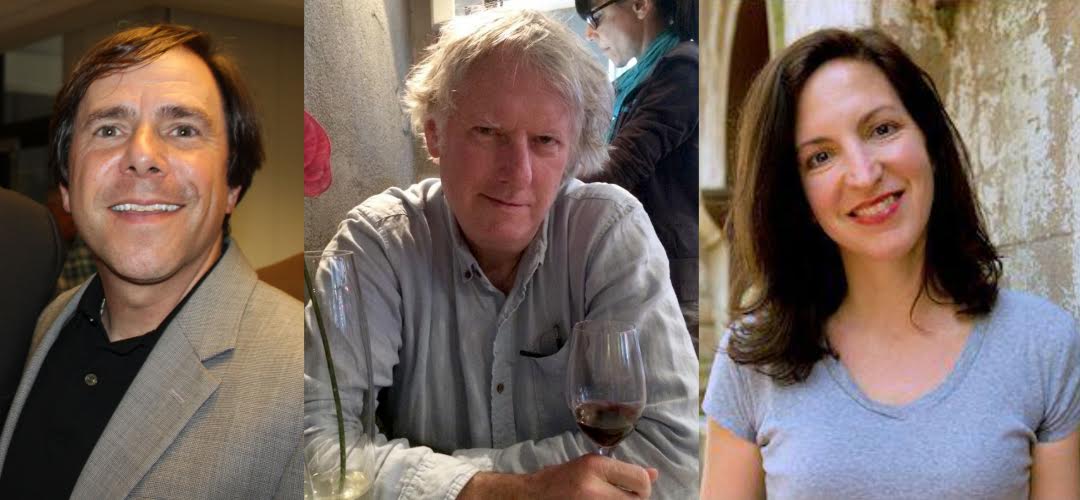
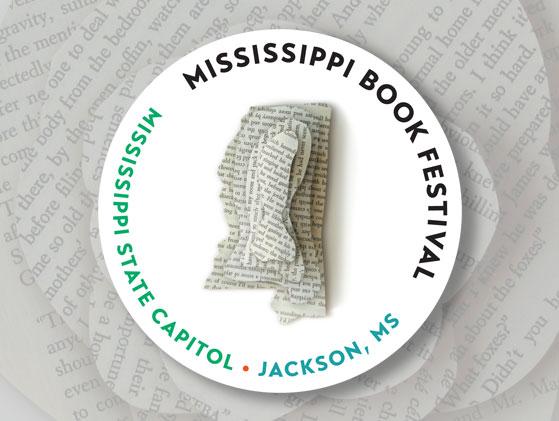
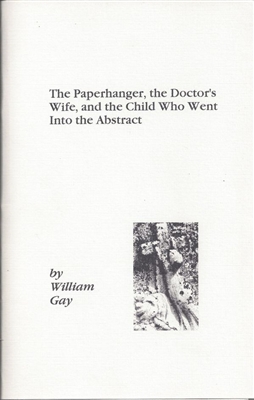 In the 1950s, the Beats adopted the form to publish poetry, most famously “Howl” by Allen Ginsberg and issued by Lawrence Ferlinghetti of City Lights books in San Francisco. The Pocket Poet Series introduced avant-garde poetry to the masses and is still in print today. Broadside Press in Detroit supported the writers of the civil rights movement, publishing Margaret Walker’s “
In the 1950s, the Beats adopted the form to publish poetry, most famously “Howl” by Allen Ginsberg and issued by Lawrence Ferlinghetti of City Lights books in San Francisco. The Pocket Poet Series introduced avant-garde poetry to the masses and is still in print today. Broadside Press in Detroit supported the writers of the civil rights movement, publishing Margaret Walker’s “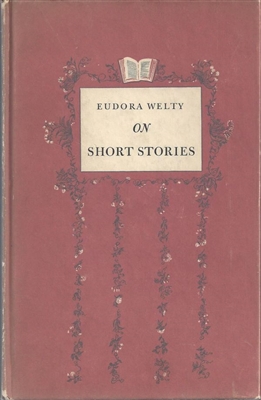 John Updike’s “The Women Who Got Away” (William B. Ewert, 1998) is an example of an embellished chapbook illustrated with woodcuts by Barry Moser. “Gwinlan’s Harp” by Ursula K. Le Guin (Lord John Press, 1981) and “
John Updike’s “The Women Who Got Away” (William B. Ewert, 1998) is an example of an embellished chapbook illustrated with woodcuts by Barry Moser. “Gwinlan’s Harp” by Ursula K. Le Guin (Lord John Press, 1981) and “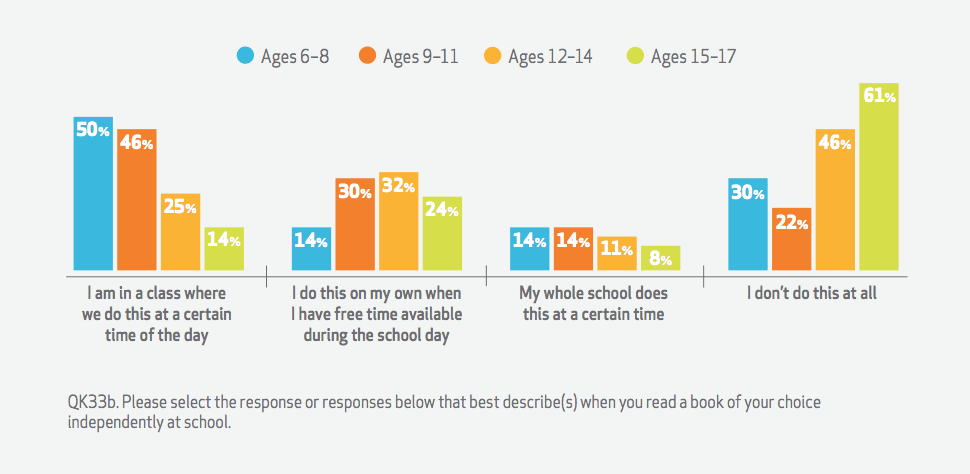
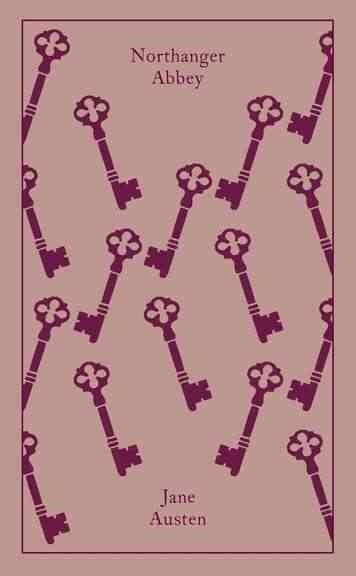 In January, I started with
In January, I started with 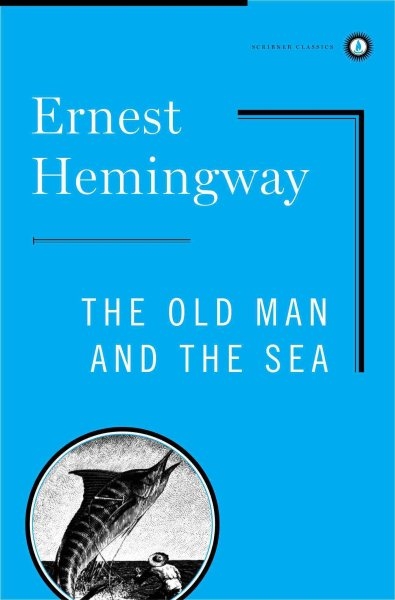 I have already finished my April pick.
I have already finished my April pick. 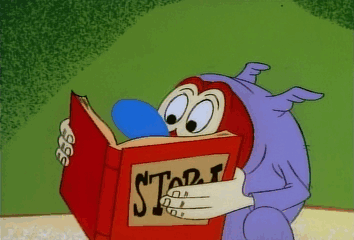 Laying in bed and eating potato chips was more enthralling than reading my book club book. I finally realized that what was putting me in a slump was the obligation of reading. I didn’t want to read what I was supposed to be reading, and the thought of reading anything else left me feeling guilty about not picking up my book club books. So, what did I do? I didn’t read anything. At least a week passed by where I didn’t pick up a book except to move it out of the way to place my coffee down. I was itching to read, but I still had my classic novel in the back of my head making me sweat bullets.
Laying in bed and eating potato chips was more enthralling than reading my book club book. I finally realized that what was putting me in a slump was the obligation of reading. I didn’t want to read what I was supposed to be reading, and the thought of reading anything else left me feeling guilty about not picking up my book club books. So, what did I do? I didn’t read anything. At least a week passed by where I didn’t pick up a book except to move it out of the way to place my coffee down. I was itching to read, but I still had my classic novel in the back of my head making me sweat bullets.